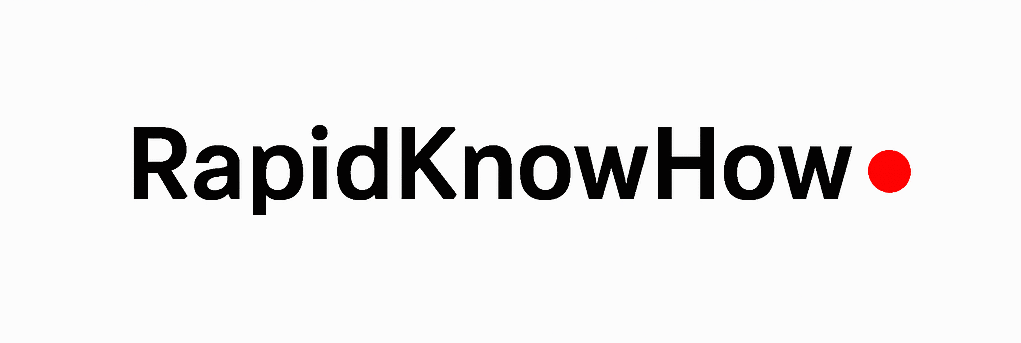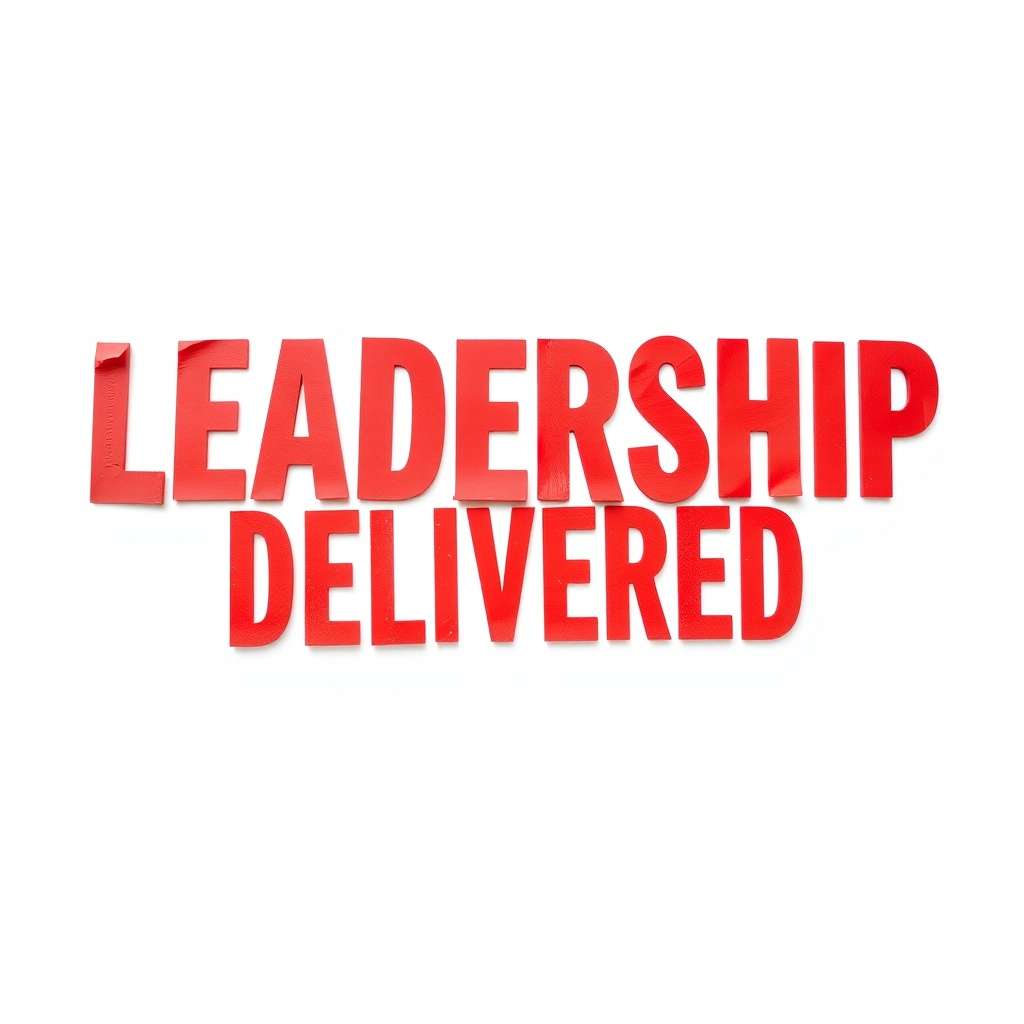INVERSION Strategy to the Year 2030
Creating an Inversion Strategy Outlook for 2025, 2026, 2027, 2028, 2029, and 2030
Introduction: The Need for an Inversion Strategy Outlook
The world is accelerating in complexity, uncertainty, and interdependence. Leaders in business, life, and politics must not only adapt to rapid changes but anticipate and prevent failures before they arise. An INVERSION strategy outlook helps define a long-term vision for 2030 and identify critical actions to avoid potential pitfalls along the way. By thinking backward from the desired outcome, we can design proactive strategies that ensure sustainable growth, stability, and well-being.
Step 1: Define the Desired Result for 2030
By 2030, the desired outcomes in key areas can be defined as follows:
1. Business
- Sustainable Growth: Companies operate with a balance of profitability, environmental responsibility, and social impact.
- Technological Leadership: Widespread adoption of ethical AI, green technologies, and digital transformation.
- Resilient Enterprises: Organizations capable of thriving in volatile, uncertain, complex, and ambiguous (VUCA) environments.
2. Life
- Personal Fulfillment: People lead meaningful lives with a focus on health, purpose, and relationships.
- Well-Being and Balance: Societies prioritize mental and physical health, with widespread access to healthcare and well-being programs.
- Skill Mastery: Lifelong learning becomes the norm, with continuous upskilling in digital, creative, and emotional intelligence domains.
3. Politics
- Global Cooperation: Nations collaborate on global issues like climate change, cybersecurity, and poverty.
- Strengthened Democracies: Transparent governance and active civic participation become the cornerstone of political systems.
- Peace and Stability: Conflicts are minimized through proactive diplomacy and sustainable development.
Step 2: Identify Potential Failures (What Could Derail the 2030 Vision?)
To create a robust inversion strategy, we must identify key risks that could prevent the achievement of the 2030 vision:
1. Economic Risks
- Resource Depletion: Unsustainable exploitation of natural resources leading to environmental collapse.
- Technological Disruption: Misuse of AI and automation, leading to job displacement and inequality.
- Market Crashes: Global financial instability due to unchecked speculation or lack of regulation.
2. Social Risks
- Mental Health Crisis: Increasing rates of stress, anxiety, and depression due to societal pressures and digital overload.
- Polarization: Growing ideological divisions weakening social cohesion.
- Education Gap: Failure to provide equitable access to quality education and upskilling.
3. Political Risks
- Geopolitical Tensions: Escalating conflicts between major powers over resources and influence.
- Authoritarianism: Erosion of democratic institutions and rise of authoritarian regimes.
- Cybersecurity Threats: Large-scale cyberattacks disrupting critical infrastructure.
Step 3: Reverse Engineer Solutions (Outlook for Each Year)
2025 Outlook: Laying the Foundation for Resilience
Key Focus Areas:
- Policy Reforms: Introduce regulations promoting sustainable business practices and ethical technology use.
- Education Initiatives: Launch national programs focused on digital literacy, mental health awareness, and lifelong learning.
- Global Agreements: Strengthen international agreements on climate action and cybersecurity.
2026 Outlook: Strengthening Innovation and Collaboration
Key Focus Areas:
- Technological Advancement: Accelerate R&D in green technologies and AI ethics.
- Public-Private Partnerships: Foster collaboration between governments and businesses to drive sustainable development.
- Social Inclusion: Implement programs to reduce inequality and promote diversity in leadership.
2027 Outlook: Scaling Sustainable Solutions
Key Focus Areas:
- Sustainability at Scale: Scale up successful green initiatives and circular economy models.
- Global Education Networks: Establish international platforms for sharing best practices in education and skill development.
- Diplomatic Engagement: Increase diplomatic efforts to mediate conflicts and foster peace.
2028 Outlook: Evaluating and Adapting
Key Focus Areas:
- Mid-Term Review: Conduct a comprehensive review of progress toward 2030 goals and make necessary adjustments.
- Innovation Ecosystems: Expand support for startups and innovators working on solutions to global challenges.
- Health and Well-Being: Strengthen health systems and well-being programs to ensure societal resilience.
2029 Outlook: Reinforcing Success
Key Focus Areas:
- Institutional Resilience: Ensure that institutions are transparent, accountable, and adaptable to future changes.
- Final Push for Climate Goals: Intensify efforts to meet climate targets through public engagement and global cooperation.
- Civic Empowerment: Promote civic engagement and leadership development at all levels.
2030 Outlook: Achieving the Vision
Key Outcomes:
- Thriving Economies: Sustainable businesses drive economic growth while protecting the environment.
- Empowered Societies: People enjoy high levels of well-being, education, and personal fulfillment.
- Stable and Peaceful World: Collaborative governance ensures peace, stability, and prosperity.
Step 4: Simplify Key Actions for Each Year
To ensure success, focus on a few high-impact actions for each year:
- 2025–2026: Strengthen foundational policies and partnerships.
- 2027–2028: Scale successful initiatives and adapt to changing circumstances.
- 2029–2030: Reinforce progress and solidify achievements.
Step 5: Test and Adjust Annually
Competitiveness, resilience, and well-being require continuous evaluation. Each year, leaders must:
- Review Progress: Assess progress on key goals and milestones.
- Incorporate Feedback: Use stakeholder input to refine strategies.
- Stay Agile: Be ready to pivot strategies based on emerging risks and opportunities.
Conclusion: Creating a Future by Thinking Backward and Acting Forward
The INVERSION strategy outlook to 2030 offers a roadmap for navigating uncertainty and complexity by thinking backward from a clear vision of success. By proactively identifying risks, reverse-engineering solutions, and staying adaptable, leaders in business, life, and politics can create a future that is prosperous, sustainable, and inclusive.
Call to Action:
Start applying the INVERSION strategy today by defining your long-term vision, identifying potential failures, and working backward to craft actionable solutions. Lead with foresight, act with purpose, and shape a better world by 2030.





